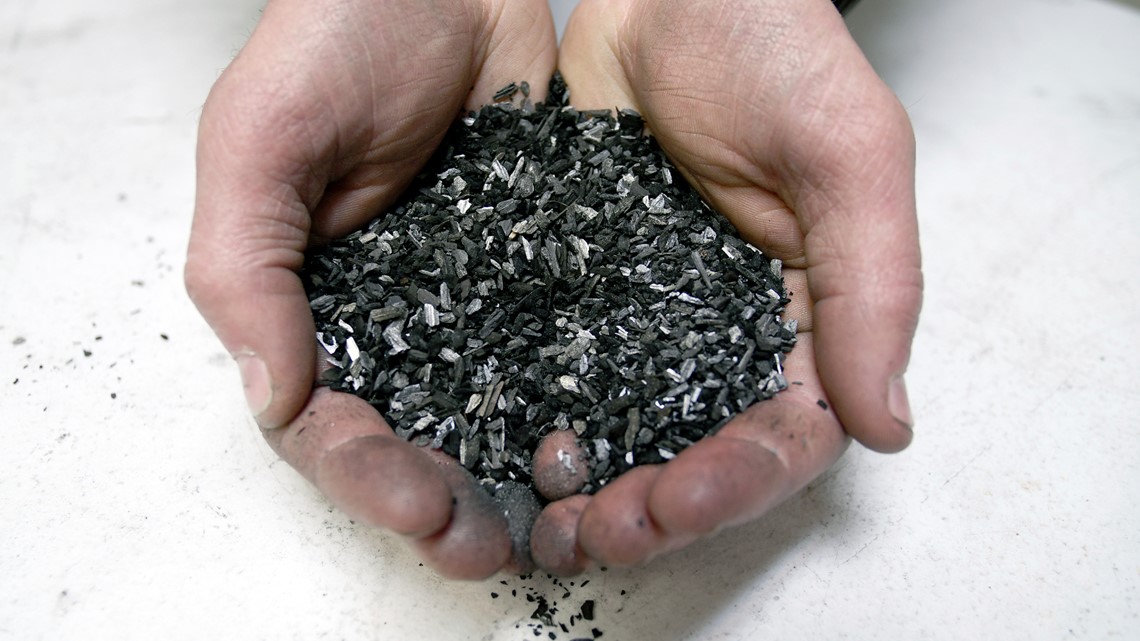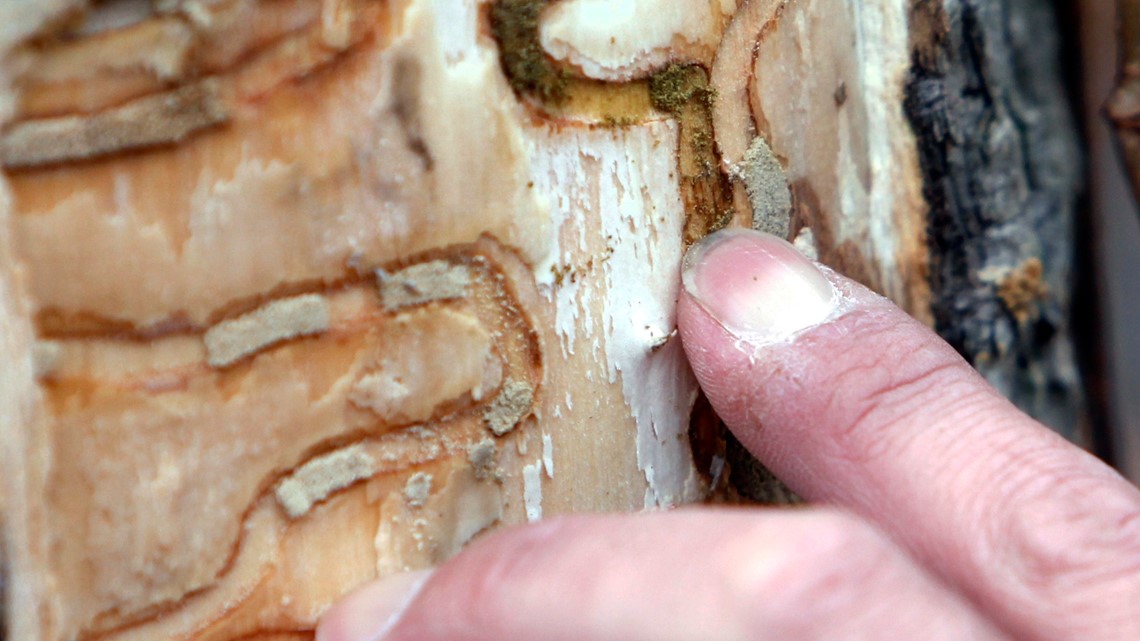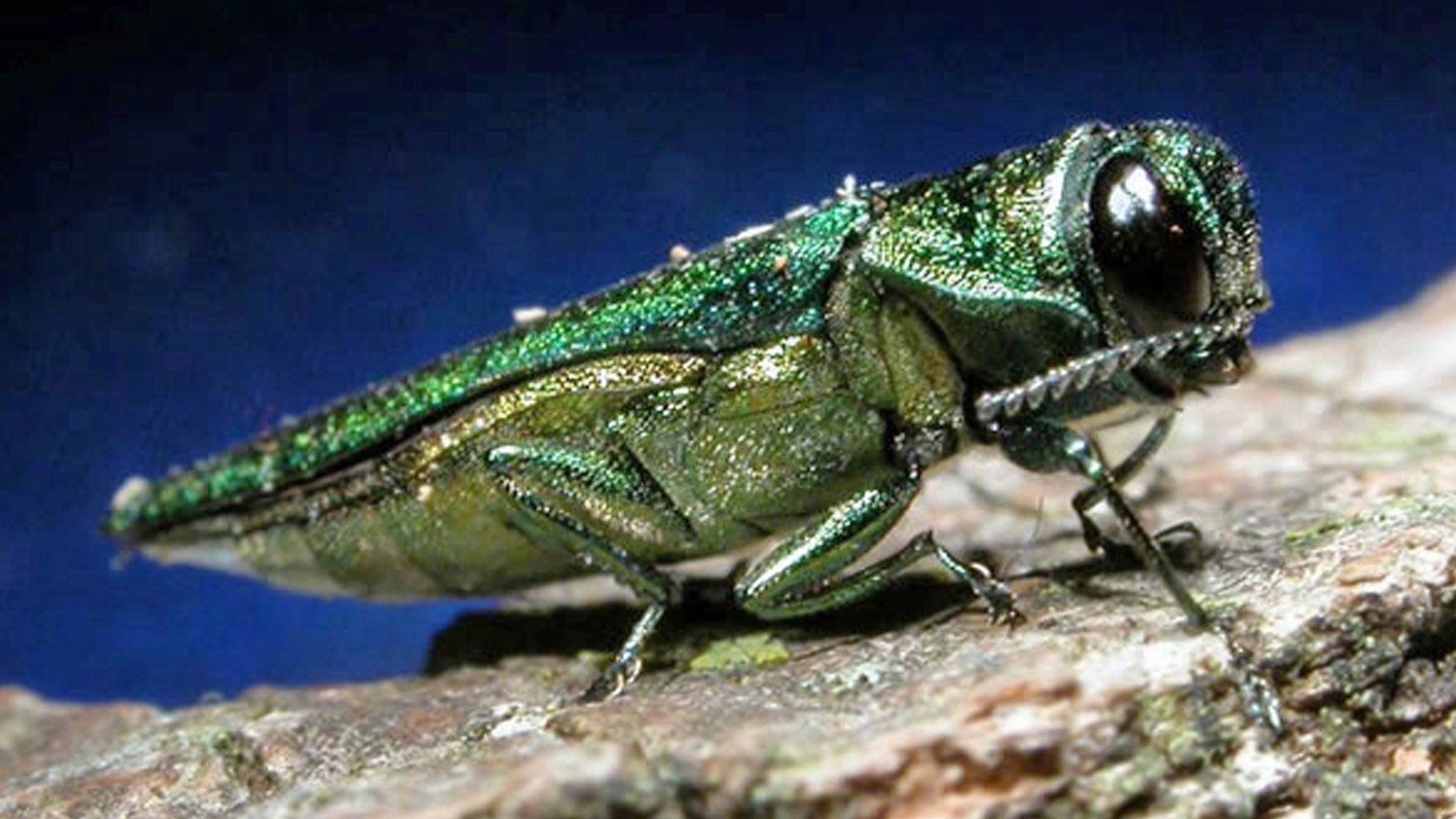PORTLAND, Ore. — Oregon has an emerald ash borer problem. The insect is an invasive beetle that attacks ash trees. A group of state agencies are partnering in the beetle battle and the likely consequence of that fight: wood-smoke emissions from infected or dead ash trees that are intentionally burned.
The Oregon Department of Environmental Quality (DEQ), the Oregon Department of Forestry (ODF) and Clean Water Services of Washington County (CWS) have partnered on test burns of wood pulled from forests in the Tualatin River Watershed last month.
The emissions data collected has many implications, both locally and across the U.S., for how states should deal with open burning, be it getting rid of infected trees or eliminating dead wood from natural disasters.
The DEQ collected emissions data from a week of burning in a device called an air curtain incinerator (click here to learn more about how those work).
"Compared to open burning, it's pretty obvious this is much less smoke, much less smell," said Thomas Rhodes of the DEQ. "We're trying to get more emissions data — site specific — for these units. What really interested me about this is that there's very limited data for different pollutants from the combustion and operation of these ACIs, so what Oregon is doing here is unique, in trying to capture those emissions and use EPA test methods, so we can quantify those emissions to make improved permitting decisions."


The leftover wood from the burning is know as biochar.
"The product that we’re getting from it, the biochar, has a lot of interest for us in terms of water quality, water filtration and also soil carbon," said Randy Lawrence, a project manager with Clean Water Services, which operates four water-treatment facilities that empty into the Tualatin River.
The Tualatin River Watershed is dominated, in parts, with ash. The emerald ash borer has killed an estimated 40 million trees in Michigan since its discovery there about 20 years ago. The local losses are expected to be heavy.
"The insect has the potential to go through 95% of our ash trees within as little as 10 years," said Wyatt Williams, an invasive species specialist with ODF. He's been cataloguing the invasive beetle since its discovery in Washington County last year.


By treating some trees and burning others, it's possible to slow the spread of the emerald ash borer. In its aftermath, CWS may have a locally sourced material to repair streams damaged by the pest. And in the larger battle for cleaner air, the DEQ hopes the emissions data provided will offer a blueprint for communities across the U.S. to burn in a much cleaner way. Test results should arrive by early August.
Chris McGinness is a meteorologist and reporter for KGW News. Find him here and on social media: Facebook, Instagram and Twitter.
VIDEOS: KGW's Good Energy series

